L’woodruff (Galium odoratum) is a plant belonging to the botanical family of Rubiaceae. In many texts the binomial nomenclature is still that of Asperula odorata, while commonly the plant is also known as odorous starlet. It is present throughout Italy and can be considered to all intents and purposes an aromatic plant. In fact, it has always been used in the liqueur industry and, in general, in alcoholic beverages, for example in the northern regions it is used to flavor grappa.
In addition to the aromatic virtues, the plant is rich in active ingredients and medicinal properties, so much so that it finds space in herbal medicine.
Woodruff, under the right conditions, can be grown in the garden as an aromatic and ornamental plant.
So let’s see everything there is to know about Galium odoratum.
Botanical characteristics of the woodruff
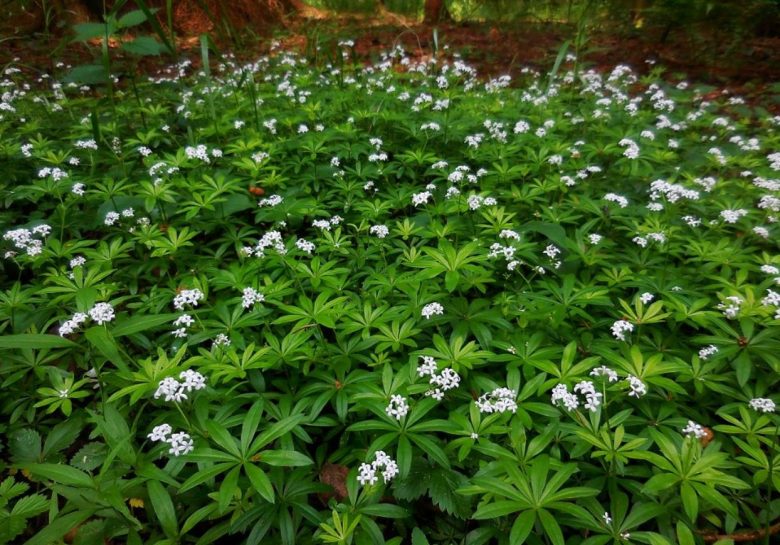
The woodruff is a perennial herbaceous plant, with the biological form of rhizomatous geophyte. It has a thin, branched and creeping underground rhizome, from which stems are born in spring. These are erect, simple, with a square section and on average 20-30 cm high. They are smooth in the internodes and hairy under the knots. The plant has a prostrate-creeping posture and manages to “cover” significant surfaces with green. All parts are strongly aromatic once dried.
Leaves
The leaves of the woodruff are gathered in number of 4-8 in whorls at the nodes of the stem. The lower ones have an obovate shape, the upper ones are lanceolate. The apex is cuspidate, that is, it ends in a sharp point. The edge is rough to the touch due to the presence of stiff hairs, the color is bright green.
Flowers
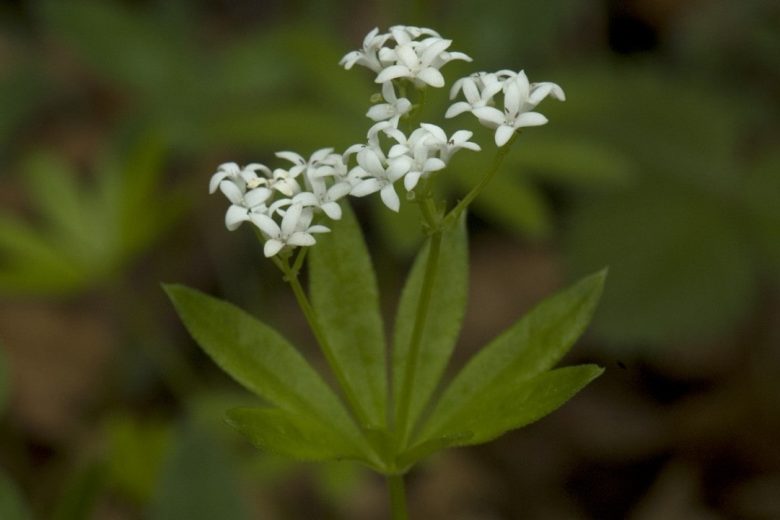
The flowers, arranged in a sparse panicle, are formed by a small calyx divided into 4 lobes. The corolla, white, is tubular at the bottom and separates at the top into 4 lobes facing outwards. They are very fragrant and flowering usually occurs towards the beginning of summer.
Fruits
The fruit is formed by two achenes welded together and of a sub-round shape. These have the surface covered with numerous bristly hairs folded into a hook.
Where does woodruff grow?
There Galium odoratum it is a typical shady undergrowth plant. We find it easily in beech woods and broad-leaved trees, in mountainous and submontane areas.
How to grow woodruff
As mentioned, the woodruff is a plant that can be grown in the garden, the important thing is to support the intrinsic environmental characteristics of the species. For one thing, it needs shaded exposure, full sun damages it. The ground then should be rich in organic matterfresh and with a sub-acid pH reaction, at the neutral limit. It grows in the hills or in the mountains, obviously it does not fear the cold, but is instead negatively affected by long periods of drought.
Reproduction
The simplest method to multiply woodruff plants is with the division of the tufts. This operation is done in autumn or late winter, digging a portion of the plant with a rhizome with a spade. This is in turn divided and planted in a pot or directly in the ground. The rhizome has excellent rooting skills and will give life to new seedlings in a short time.
It is also possible to start the cultivation of woodruff buying an already formed seedling in the nursery. The transplant is done in early spring. Finally, the woodruff is possible reproduce from seeds (found here), even if this modality is not practiced as the seeds retain low germination power over time. Possibly sowing should be done in autumn or early spring.
Soil preparation
There soil preparation to cultivate the woodruff differs according to the starting conditions of the soil itself. If your soil is of medium texture, humid and rich in organic substance, you only have to carry out a superficial processing with the hoe and then plant the seedlings. If, on the other hand, the soil is very poor in organic matter, you should first fertilize it, for example using mature manure. Finally, if the soil has a compact structure, it is convenient to amend the soil, in particular the peat for acidophilic plants (in addition to fertilization). In short, before planting, carefully evaluate what the soil in your garden looks like.
Sixth of implant
Woodruff seedlings are planted considering that the plant will expand considerably with growth. A few plants are therefore enough to cover the flowerbed dedicated to her. The advice we give is to keep a distance of at least 80-100 cm between one plant and another.
Irrigation
Woodruff irrigation also depends on the condition of your soil. In a shady and humid garden, the water supply should be limited only to periods of severe drought.
If, on the other hand, your soil tends to dry out too much, you will need to ensure regular irrigation for the plant, without overdoing it, causing water stagnation.
Other cultivation operations
Once established, the woodruff does not require special care. In the early stages of growth it should be kept free from weeds, carrying out at least one weeding. Once grown and expanded, it will not suffer competition from other plants.
No pruning operations are necessary, other than the cleaning of stems and dried flowers. Consider that in winter the plant goes into vegetative rest and dries up completely.
Finally, the fragrant starlet is a plant rather resistant to pest attacks. Only in spring do you do beware of the presence of aphids.
Collection and conservation
In herbal medicine, and for other uses, the aerial part of the plant is used when it has not yet flowered. So the harvest is done in late spring, cutting the stems a few centimeters from the ground. It can be used fresh or dried. If we decide to keep it, drying must be done in the shade and in a ventilated place. It is important that it does not take a long time to dry out, so as not to run the risk of it blackening.
Once dry, it is kept in glass jars.
Active ingredients and properties of woodruff
The main constituents of the woodruff are: a glucoside containing coumarin, vitamin C, pigments (the roots), lipids, monotropein, tannins, anthracene, nicotinic acid, essential oil, bitter substances.
From these active principles derive properties: flavoring, aperitif, digestive, antispasmodic, sedative, decongestant. Some studies attest to its ability to accelerate healing of burn wounds.
Medicinal uses of woodruff
The woodruff plant, in addition to having a pleasant aroma, is able to stimulate the digestive processes. Furthermore, the presence of coumarin, albeit in modest quantities, is responsible for its antispasmodic and decongestant virtues. Therefore, it can be used for internal and external use without particular contraindications.
At home, for internal use, as an aromatic comfort drink, antispasmodic and digestive, it is easy prepare an infusionusing 4 g of dry plant in 100 ml of water, to be consumed as needed in 2-3 cups a day.
For external use, for congested and reddened skin, the pulp obtained with the centrifuge is used. It will be enough to make compresses with gauze in the affected areas for about 30 minutes. The plant on the market is available in various formulations.
Other uses
Woodruff is a relatively little known aromatic plant in Italy, but commonly used in Northern Europe in many food preparations. It is traditionally used to prepare an aromatic wine called Maitrank (May wine). In Germany it is used to flavor the famous beer weisse.
In general, the liqueur industry uses it as a flavoring for vermouth, aperitifs, digestives, grappas and herbal liqueurs. A useful and curious home use is to use dried woodruff to perfume linen and, at the same time, to keep moths away from clothes.
In ancient times, a yellow pigment was extracted from the roots.

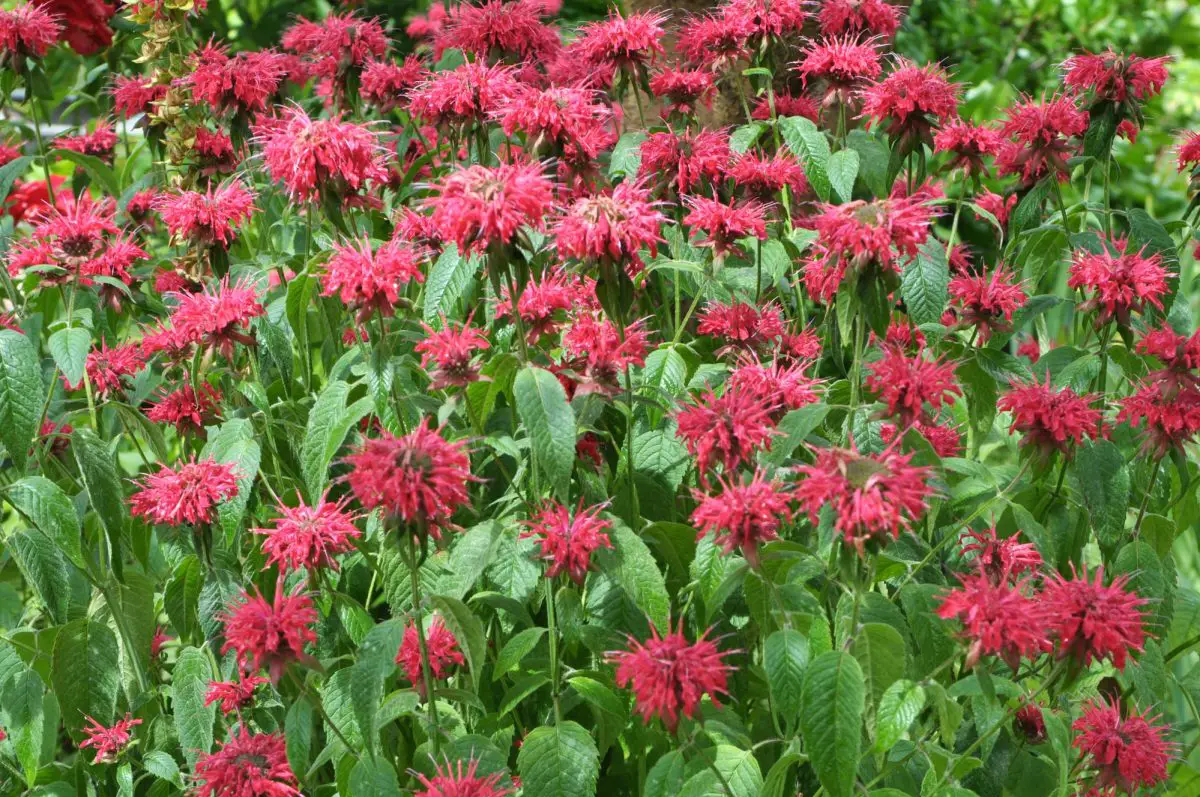
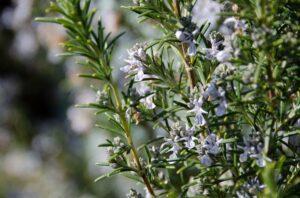
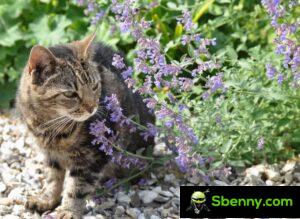
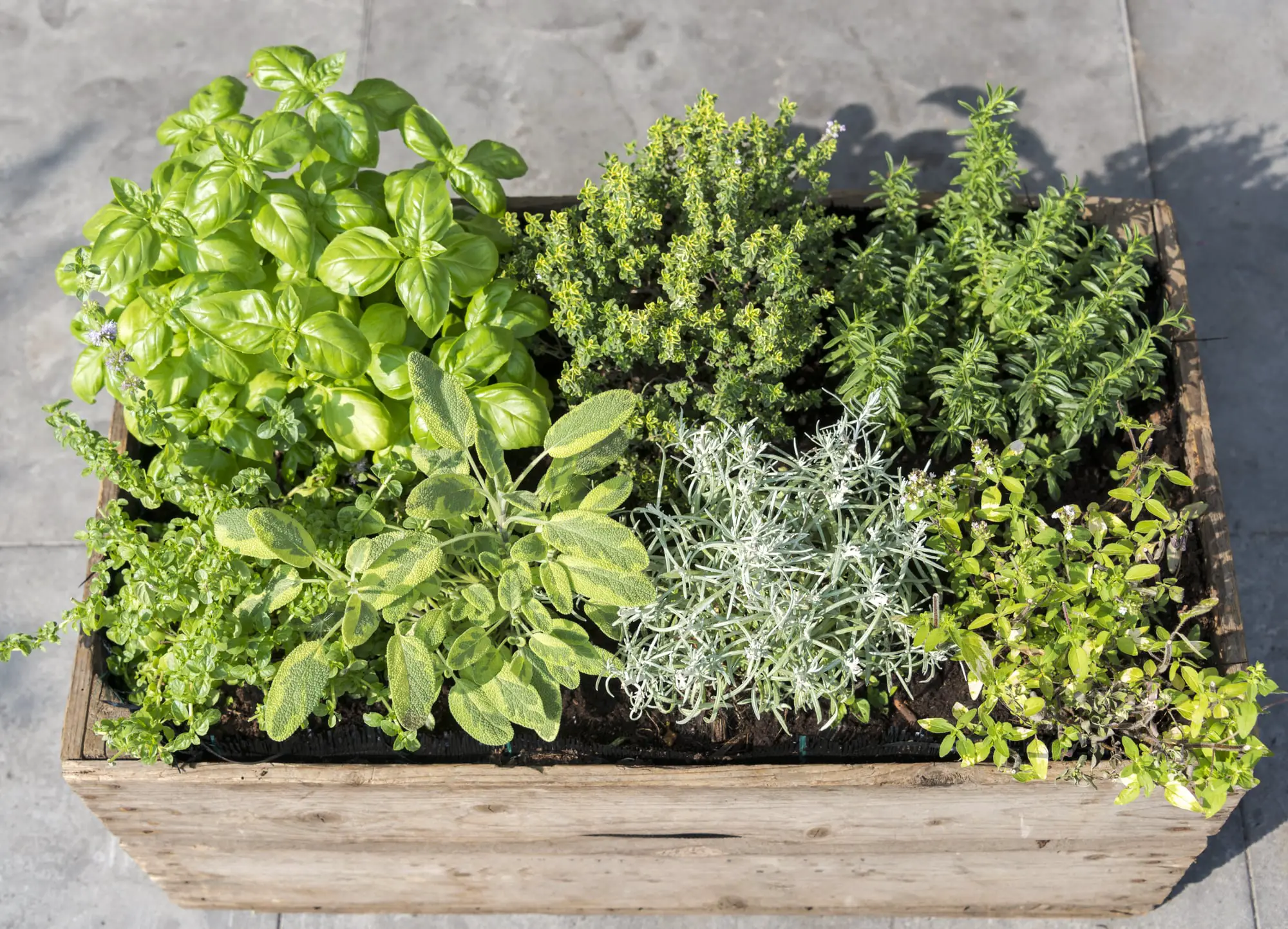
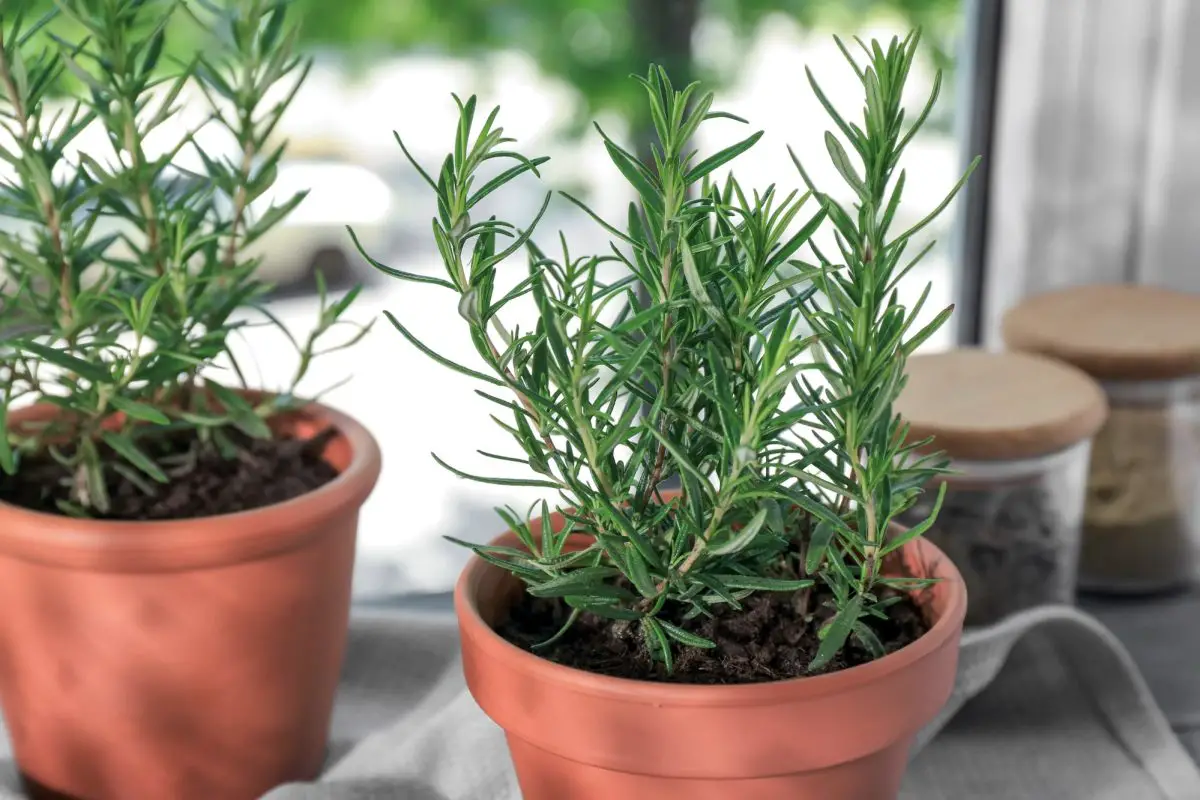
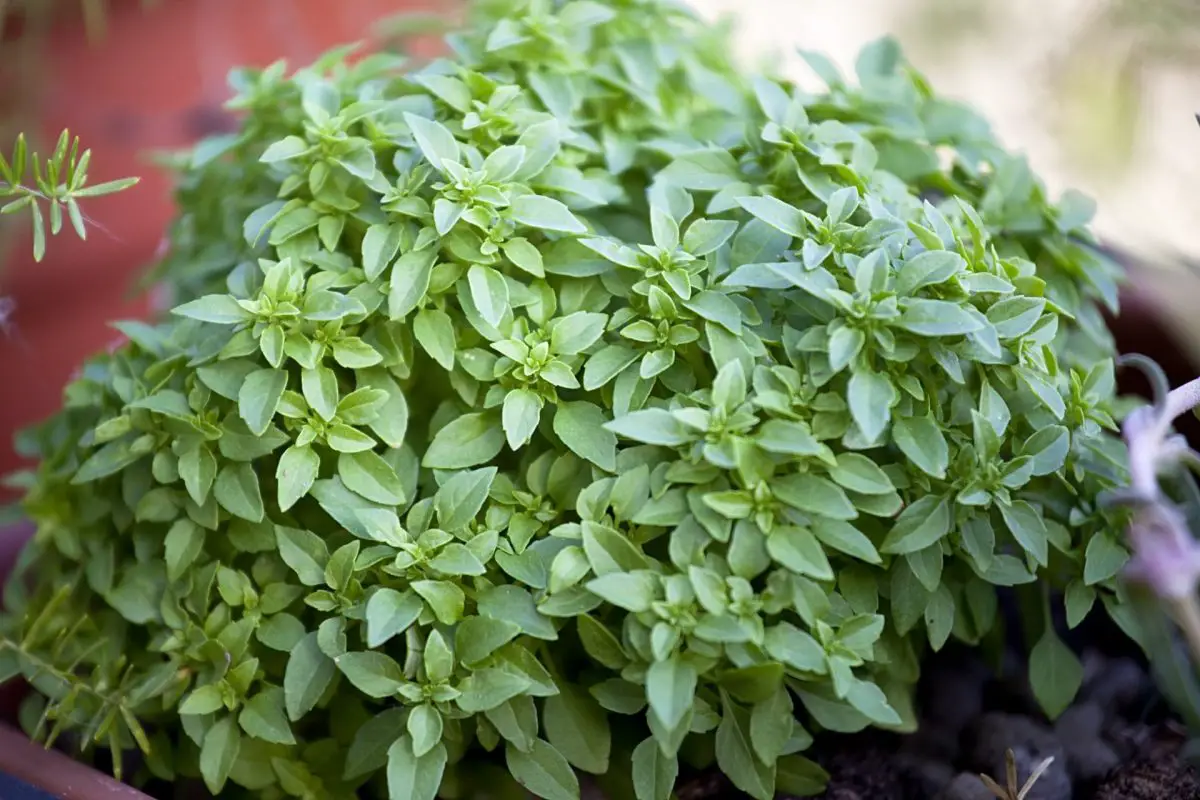
Start a new Thread